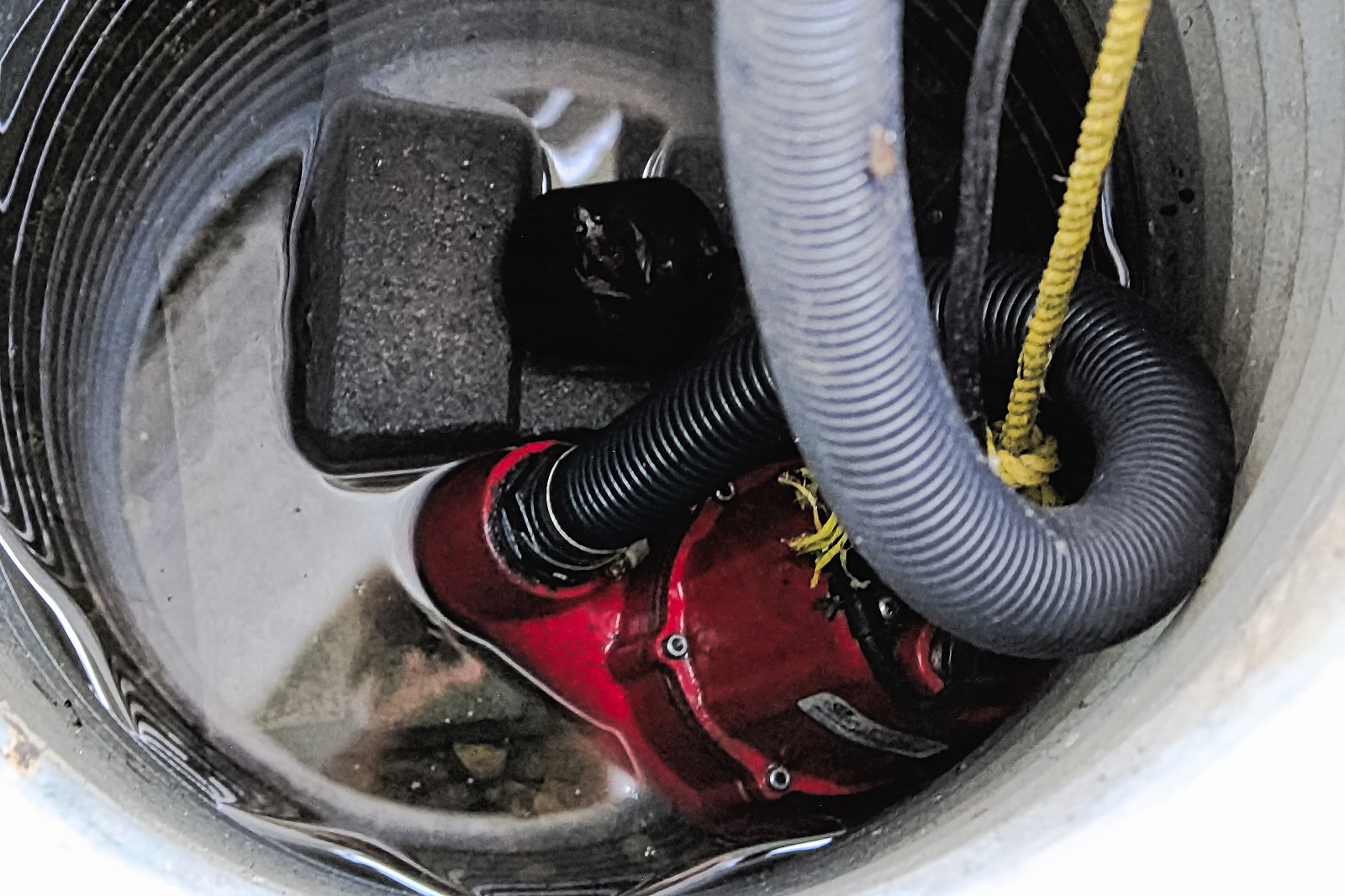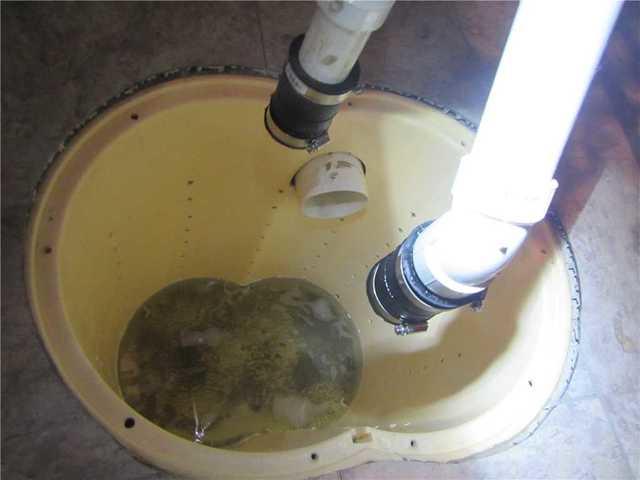We've discovered this post about How to Care for Your Sump Pump listed below on the internet and accepted it made sense to share it with you on this site.

Sump pumps are essential components in several homes, specifically in areas susceptible to flooding or excessive moisture. They assist avoid water damage by effectively removing excess water from cellars or crawl spaces. Nonetheless, like any other appliance, sump pumps call for regular maintenance to guarantee they work successfully when needed one of the most. Cleansing your sump pump is a crucial part of its maintenance, and comprehending exactly how to do it effectively can conserve you from pricey repairs and possible calamities.
Introduction
Maintaining a tidy sump pump is important for its proper performance and longevity. Overlooking this vital job can bring about blockages, breakdowns, and ultimately, water damages to your property. As a result, learning exactly how to clean a sump pump is crucial for home owners who depend on these gadgets to maintain their basements completely dry and safeguarded.
Signs of a Dirty Sump Pump
Knowing when your sump pump requires cleansing is important for stopping possible breakdowns. Some usual indicators that suggest an unclean sump pump include weird sounds throughout operation, decreased water flow, and noticeable particles in the pit. If you see any one of these signs and symptoms, it's important to clean your sump pump quickly to prevent any kind of further issues.
Getting ready for Cleaning
Before you begin cleansing your sump pump, it's necessary to take some safety and security preventative measures. Beginning by shutting off the power to the pump to prevent any electric crashes. Furthermore, put on proper safety equipment, such as handwear covers and goggles, to safeguard on your own from dirt, particles, and potential pathogens.
Comprehending the Sump Pump
Prior to diving right into the cleansing process, it's vital to have a basic understanding of how a sump pump works. Typically mounted in a pit or container listed below the basement flooring, a sump pump consists of numerous key parts, consisting of a pump, a float button, and a discharge pipe. When water gathers in the pit, the float switch turns on the pump, which after that pumps the water out through the discharge pipeline, far from the building's structure.
Step-by-step Guide to Cleaning Up a Sump Pump
Shutting down the Power
Begin by disconnecting the power supply to the sump pump to stop any type of accidents while cleansing.
Checking for Proper Functioning
Before reinstalling the pump, do a fast examination to ensure that the float button turns on the pump appropriately. Put some water right into the sump pit and observe the pump's procedure. If whatever is operating correctly, you can reconstruct the pump and reconnect the power supply.
Removing Debris and Dirt
Utilize a bucket or a scoop to remove any kind of noticeable debris, dust, or debris from the sump pit. Dispose of the debris appropriately to stop it from obstructing the pump or the discharge pipe.
Cleaning up the Pump and Float Switch Over
As soon as the pit is clear of particles, thoroughly get rid of the pump from the pit. Evaluate the pump and the float switch for any indicators of damage or wear. Utilize a soft brush or fabric to clean up the surface areas and remove any type of built up crud.
Purging the System
After cleaning the pump and float button, flush the sump pit with clean water to get rid of any kind of staying dirt or debris. This will certainly help guarantee that the pump runs efficiently and efficiently.
Upkeep Tips to Keep Your Sump Pump Clean
Along with regular cleansing, there are numerous upkeep ideas you can follow to maintain your sump pump in optimal condition:
Final thought
Cleaning your sump pump is an essential element of its maintenance and guarantees that it runs effectively when you need it one of the most. By following the actions detailed in this guide and including routine upkeep into your regimen, you can extend the life-span of your sump pump and secure your home from water damages.
6 STEPS ON HOW TO CLEAN A SUMP PUMP PROPERLY
UNDERSTANDING SUMP PUMPS
Your sump pump plays a crucial role in protecting your home by managing and removing excess water. It primarily functions as a “shield”, guarding your basement against the damaging effects of water accumulation. The pump is housed in a sump pit in the lowest part of your basement, and its job is to pump out any water that collects there.
During heavy rainfalls or when snow melts rapidly, water can infiltrate your basement, posing potential risks like flooding, structural damage, and harmful mold growth. Here, the sump pump springs into action, pumping out the intruding water and directing it away from your home.
SAFETY FIRST
Before cleaning, remember to prioritize safety. Disconnect the sump pump from the power source to prevent any accidental electric shocks. Also, wear sturdy gloves to protect your hands from any sharp or dirty components within the pump.
REMOVE THE SUMP PUMP
After ensuring your safety, the next step is to remove the sump pump from its pit. Doing this might require careful maneuvering as you don’t want to damage any pump components. Once removed, clean the sump pit to remove any accumulated debris or sludge.
INSPECT THE PUMP
Inspect the pump for any visible signs of wear or damage. Check the power cord, float switch, and impeller housing. If any components look worn out or damaged, consider replacing them to ensure optimal performance.
CLEAN THE PUMP
Thoroughly clean the pump with warm, soapy water. Make sure to rid it of any dirt, gravel, or other debris that might impede its performance. You can use a toothbrush to clean the small, hard-to-reach parts of the pump.
REINSTALL THE SUMP PUMP
Reinstall the pump into the sump pit Make sure it’s positioned correctly to remove the water effectively Once it’s back in place, reconnect it to the power source TEST THE PUMP
Finally, pour some water into the pit to ensure the pump works correctly. It should start automatically and begin pumping out the water; if it doesn’t, check the power source and the positioning of the pump.
Remember, while cleaning your sump pump is an essential part of home maintenance, hiring a professional plumber for a thorough inspection and cleaning at least once a year is also important. This will ensure that your pump is in optimal condition, ready to protect your home from potential water damage.
BEST PRACTICES FOR CLEANING SUMP PUMP DISCHARGE PIPES
Regular Inspection: Regularly inspect your discharge pipes, especially during heavy rainfall or snowmelt periods. Look for any signs of blockage or damage. Early detection of problems can prevent serious issues down the line. Periodic Cleaning: Over time, sediment and debris can accumulate in the discharge pipes, impeding the flow of water. Regular cleaning helps keep the pipes clear and functioning efficiently. You can use a high-pressure water jet to effectively clean the pipes. Insulation During Winter: In colder climates, discharge pipes can freeze, blocking the outflow of water. Protect your discharge pipes from freezing temperatures by insulating them with foam pipe insulation. This will ensure the sump pump can continue to discharge water even in freezing conditions. Proper Positioning: The discharge pipe should be positioned to direct water away from your home’s foundation. Improper positioning can lead to water seeping back into the basement. Ensure the pipe is long enough and angled correctly. Installation of a Check Valve: A check valve prevents water from flowing back into your sump pit after the pump has pushed it out. Installing a check valve helps maintain the efficiency of your sump pump and reduces the risk of flooding. Minimize Pipe Turns: Every curve or turn in the discharge pipe can decrease the efficiency of water flow. By minimizing turns and bends in your discharge pipe, you can increase the efficiency of your sump pump. https://www.fullspeedplumbing.com/how-to-clean-a-sump-pump-properly9999/

As an enthusiastic reader on Cleaning & Maintenance Tips for Your Home's Sump Pump, I figured sharing that piece of content was really helpful. Enjoyed reading our content? Please share it. Let another person find it. We recognize the value of your readership.
View More